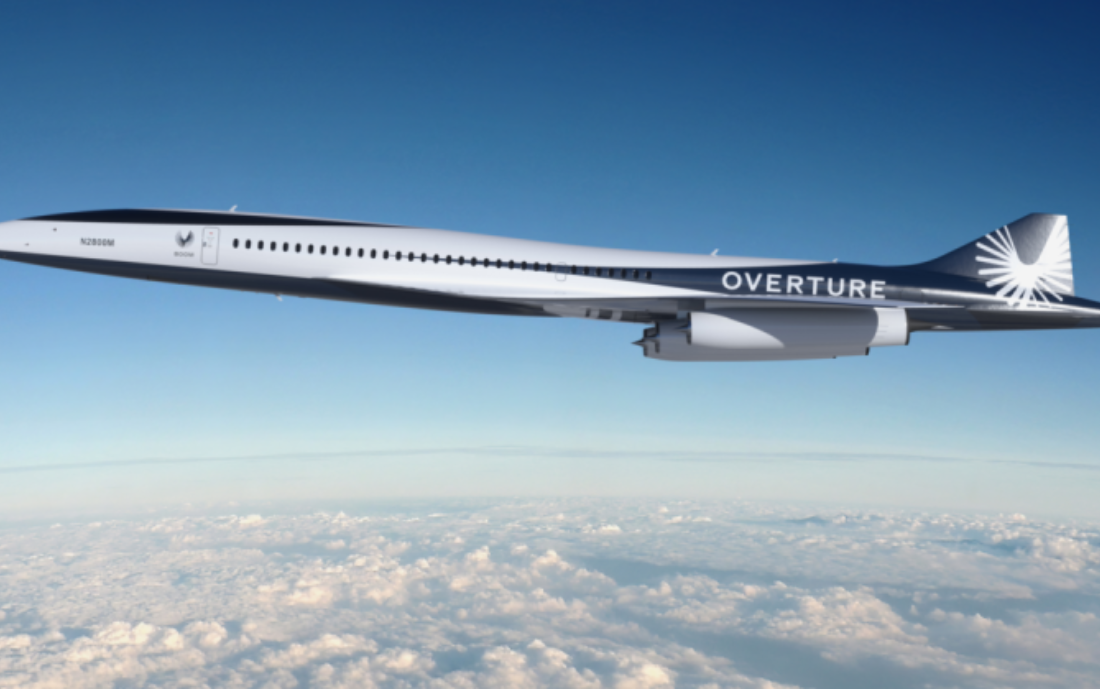One of the greatest engineering achievements of the 20th century has just received the recognition it truly deserves.
France has officially declared the very first Concorde jet, known as Concorde 001, a historical landmark — a fitting tribute to the world’s first supersonic passenger aircraft.
Born from a bold collaboration between Britain and France, the Concorde was a revolutionary leap in aviation. It slashed transatlantic flight times to under three hours and changed the way the world saw air travel.
The project dates back to the early 1950s, when both nations were independently exploring supersonic flight. Eventually, they joined forces under an international treaty to develop a jet that would break the sound barrier — and expectations.
The name Concorde, meaning “harmony” in both English and French, symbolized that very union.
The prototype aircraft, designated F-WTSS, made its maiden voyage on March 2, 1969, taking off from Toulouse, France.

It flew for just 27 minutes, but the impact of that brief flight was monumental. Concorde would go on to cut flight times between Europe and the U.S. in half — though not without controversy, due to its sonic booms.
During its 27-year run, only Air France and British Airways operated the aircraft. In 2003, Concorde was officially grounded, bringing an end to the supersonic era.
A Fitting Honor in Toulouse
Now, two decades later, Concorde 001 is finally being recognized as the historical icon it is.
France’s Culture Minister Rachida Dati made the official announcement, stating that the aircraft would be preserved as a symbol of innovation and inspiration for future generations.
“This plane, a pioneer in supersonic flight, remains in our memories,” Dati said during the ceremony.
The jet is currently on display at the Aeroscopia Museum in Toulouse, its spiritual birthplace.
While Concorde may no longer take to the skies, its legacy continues to inspire aerospace innovation. With renewed interest in supersonic and even hypersonic travel, the dream that began with Concorde 001 is far from over.
Recognizing this aviation icon as a national treasure is not only appropriate — it’s long overdue.
After all, some legends deserve to fly forever.



